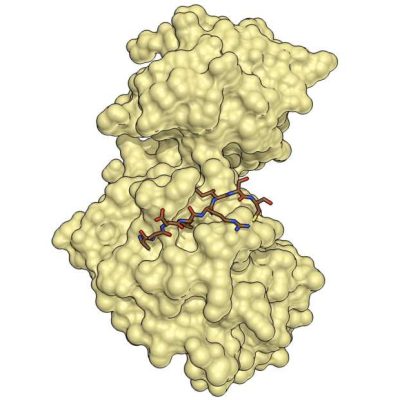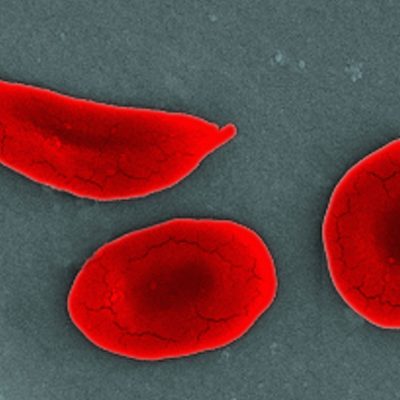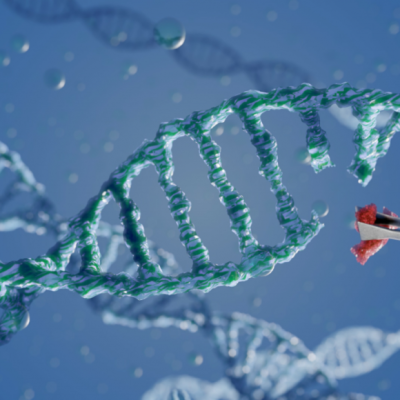A new study conducted by scientists at the Institute of Science and Technology (IST) Austria has found that a combination of ketamine and 60-hertz light flickering can increase the brain’s neural plasticity. This could lead to therapies that erase traumatic memories in humans. Perineuronal networks in the brains of adult humans solidify memories by stabilizing connections between nerve cells. These structures made up of proteins and sugars wrap around synapses, dendrites, and nerve cells, modulating signal transmission. Existing connections are strengthened, while the formation of new connections is inhibited. Removing perineuronal networks can increase neural plasticity, making adult brains as adaptable and capable of learning as children’s brains.
The scientists at IST Austria conducted experiments on mice to find methods to remove perineuronal networks and restore youthful plasticity to the brain to increase learning ability. They used ketamine, an anesthetic, to remove perineuronal networks in rats in previous studies. However, the rats developed symptoms of schizophrenia as a side effect. In the current study, the team administered a high dose of ketamine to the mice, which put them under anesthesia. After only three treatments, there was a significant decrease in the perineuronal network that lasted for seven days.
The researchers found that the microglia, also known as the immune cells of the brain, were crucial to this process. The strong reaction of the microglia to the ketamine anesthesia surprised the researchers. However, the treatment with ketamine caused the microglia to eat the perineuronal network without the side effects seen in Alzheimer’s patients. The scientists also found that microglia can be stimulated by optical impulses. They tested whether increased microglia activity could remove the perineuronal network without ketamine if activated by light. The mice were placed in a box where the light flickered at 60 hertz, which had a similar effect to the triple dose of ketamine.
The researchers believe that both the 60-hertz light flickering and the high dose of ketamine could form the basis for new therapy approaches in humans. However, they caution that further studies are needed to determine whether these treatments are suitable for humans. The restored plasticity could help forget traumatic experiences and treat post-traumatic stress disorder. The researchers also want to investigate the molecular mechanisms behind their discovery.










